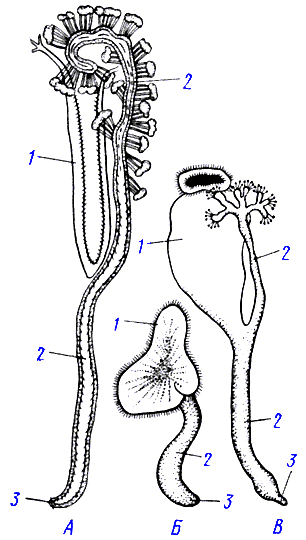Клещи как переносчики инфекций домашних животных: литература
Cupp EW: Biology of ticks. In: Hoskins JD, ed: Tick-transmitted diseases. Vet Clin North Am 21:1, 1991. This 26-page introductory chapter to a 202-page book cites 73 references and offers an overview of ticks that includes anatomy, life cycles, and behavior, in addition to a brief discussion of the evolution of ixodids and argasids.
Hoskins JD, Cupp EW: Ticks of veterinary importance: Part I. The Ixodidae family: Identification, behavior, and associated diseases. Compend Contin Educ Pract Vet 10:564, 1988. This paper provides an extensive treatment of hard ticks and includes eight tables that detail tick identification and summarize diseases transmitted to mammals and birds by ixodids.
Hoskins JD, Cupp EW: Ticks of veterinary importance: Part II. The Argasidae family: Identification, behavior, and associated diseases. Compend Contin Educ Pract Vet 10:699, 1988. This paper details identification of ticks and a summary of diseases transmitted to mammals and birds by argasids (six tables).
Kaufman WR: Tick-host interaction: A synthesis of current concepts. Parasitol Today 5:47, 1989. In this review, salivary gland function and ixodid tick feeding mechanisms air discussed in derail, together uith the tick-host interactions that influence the likelihood of pathogen transmission.
Strickland RK. Gerrish RR, Hourrigan JL, et al: Ticks of Veterinary Importance. Handbook No. 485. Washington. DC. Animal and Plant Health Inspection Service, US Department of Agriculture, 1976,p 122. This manual is designed as a training aid and has life history summaries, extensive drawings of ticks, and five schematic diagrams that depict life cycles and patterns of disease transmission. It provides a checklist of ticks found in the United States as well as information in tabular form regarding diseases transmitted by ticks.
